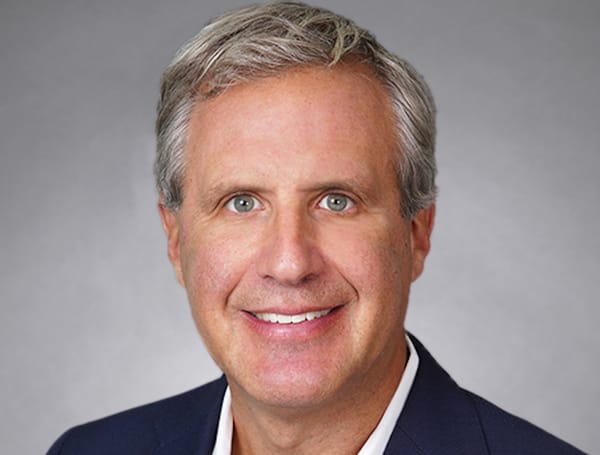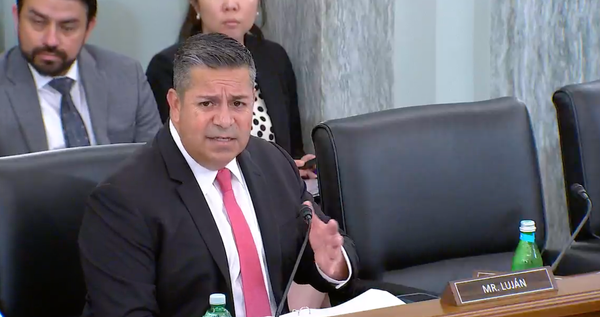IRA Spurs Private Investment and Innovation in Clean Energy
The IRA provides long-term investments and tax credits that boost business confidence in pushing forward with private investments.

WASHINGTON, June 27, 2023 – The Inflation Reduction Act of 2022 spurs private investment in clean energy, bipartisan support for clean energy solutions, and broadband solutions to energy efficiency, said panelists at a Broadband Breakfast event Tuesday.
The IRA, which invests $400 billion in federal funding to clean energy, is a central part of the White House’s initiative to revitalize the American industry. The majority of the law’s investment comes in the form of tax credits. Corporations will receive an estimated $216 billion in tax credits, which are structured to accelerate private investment in clean energy, transport and manufacturing.
Fatima Maria Ahmad, vice president for Clean Energy at climate change firm Boundary Stone, said that the IRA was designed to “unleash private capital in line with U.S. climate goals.”
Indeed, private investment and innovation in green energy technology is booming, reported the senior vice president of strategy and operations at Powerhouse, the climate tech innovation firm, Chris Perrault. He attributed the ever-increasing push of climate investments to policy and investments outlined in the IRA.
Furthermore, the IRA provides a runway of long-term investments and tax credits that will help businesses feel confident in pushing forward with private investments, added Harrison Godfrey, director of the Advanced Energy United’s Federal Investment and Manufacturing Working Group.
Many factories and plants are being built in conservative states, added Ahmad. Residents will benefit from the investments, which will “help ensure the resilience of the transition to a clean energy economy,” she said.
As funding shifts to conservative states, it will give more continuity of support and will develop communities and ecosystems that can provide support for future climate provisions, added Ed Rightor, former director at the Center for Clean Energy Innovation at the Information and Technology and Innovation Foundation.
These communities will be a durable, long-term support system to nurture and demand further climate investment, he said. He argued that this billion-dollar investment is only the first step in America’s progress toward zero emissions.
If people can see the core benefits of these investments, it will provide the legs for the additional investment and support in different areas, said Rightor. Future investments include software and artificial intelligence applications to control energy assets and virtual power plants, he said.
It is important to figure out how to manage plans most efficiently and use the assets that we have to allow the capacity for more renewable energy to come on grid, he said, citing broadband solutions.
Sign up for the Broadband Breakfast Club to access the complete videos from the Made in America Summit.










